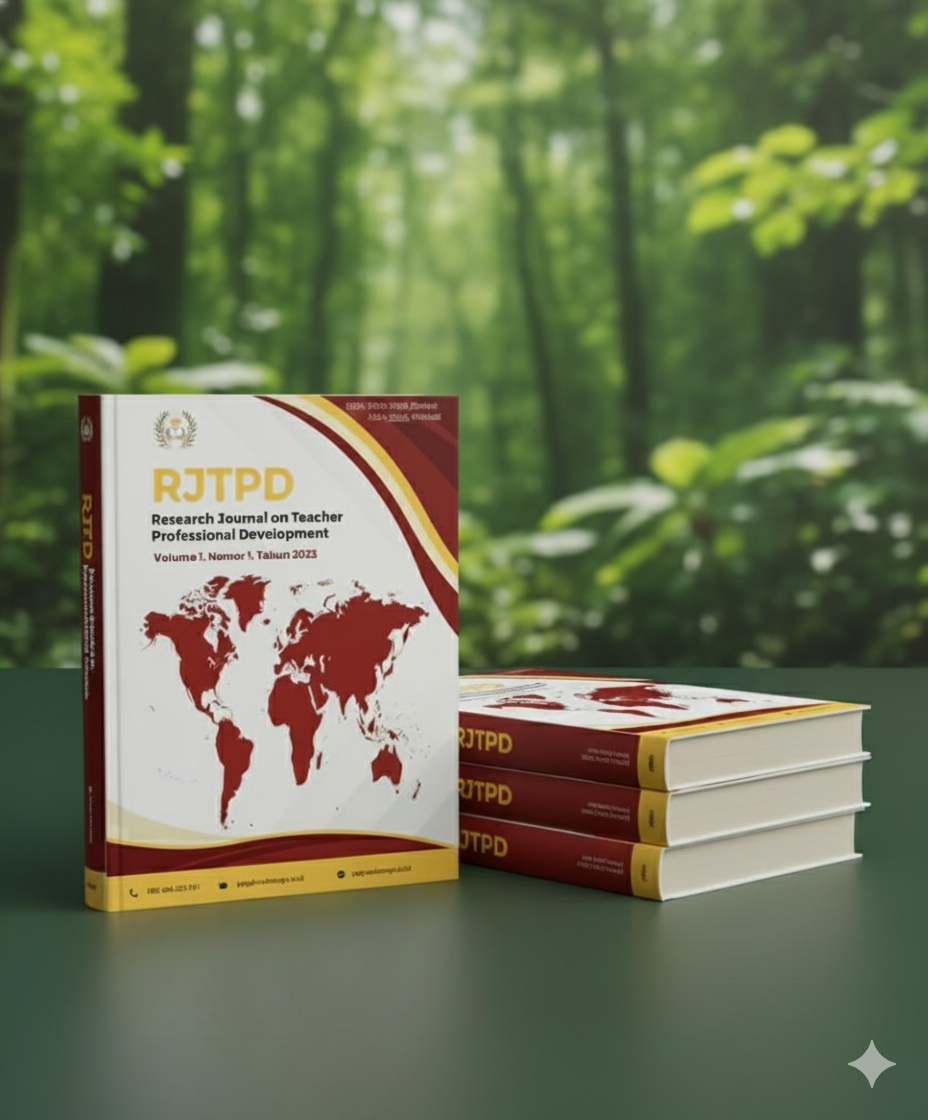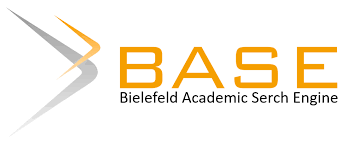Implementation of the Think Pair Share Model in Increasing Awareness of Diversity in Q.S. Al-Ḥujurāt/49:13
DOI:
https://doi.org/10.21580/rjtpd.v3i02.24761Abstract
The low level of students' understanding of the values of diversity in Islamic teachings, particularly in Q.S. Al-Hujurāt/49:13, encourages the need for learning strategies that can facilitate conceptual understanding while strengthening social attitudes. This study aims to analyze efforts to improve the understanding of fourth-grade students of Sumurboto Public Elementary School through the implementation of the Think-Pair-Share (TPS) cooperative learning model. This study uses a Classroom Action Research (CAR) approach which is implemented in three cycles, each including the planning, implementation, observation, and reflection stages. The research subjects were 26 students (9 boys and 17 girls). Data collection was carried out through learning outcome tests, participatory observations, and interviews, with qualitative and quantitative descriptive data analysis. The results of the study showed a significant increase in students' understanding: the percentage of learning completion increased from 55% (cycle I), 75% (cycle II), to 90% in cycle III. The average score also increased from 74 on the pre-test to 88 on the post-test. Furthermore, students' social interactions and engagement in discussions increased, indicating that TPS was effective in fostering collaboration and connecting diversity values to real-life contexts. These findings provide an original contribution to the application of cooperative models for teaching Islamic values in elementary schools, while also enriching inclusive and contextual pedagogical practices
Downloads
References
Azra, A. (2019). Pendidikan Islam: Tradisi dan Modernisasi Menuju Milenium Baru (Edisi Revisi). Kencana.
British Educational Research Association (BERA). (2018). Ethical Guidelines for Educational Research (4th ed.).
Creswell, J. W., & Creswell, J. D. (2018). Research Design: Qualitative, Quantitative, and Mixed Methods Approaches (5th ed.). SAGE Publications.
Fitriani, D., & Huda, M. (2022). Enhancing Moral Understanding through Cooperative Learning in Islamic Education. Jurnal Pendidikan Islam, 11(1), 89–104.
Fitriani, Y., & Huda, M. (2022). Pembelajaran nilai keberagaman dalam pendidikan agama Islam: Tantangan dan strategi kontekstual. Jurnal Pendidikan Agama Islam Indonesia, 6(2), 145–160. https://doi.org/10.15575/jpaii.v6i2.14567
Fraenkel, J. R., Wallen, N. E., & Hyun, H. H. (2019). How to Design and Evaluate Research in Education (10th ed.). McGraw-Hill Education.
George, D., & Mallery, P. (2019). IBM SPSS Statistics 26 Step by Step: A Simple Guide and Reference (16th ed.). Routledge.
Johnson, D. W., & Johnson, R. T. (2018). Cooperative Learning and the Islamic Classroom. International Journal of Educational Research, 92, 123–135.
Johnson, D. W., & Johnson, R. T. (2018). Cooperative learning and social interdependence theory. In D. W. Johnson & R. T. Johnson (Eds.), Cooperative Learning: Theory and Research (pp. 1–30). Interaction Book Company.
Kagan, S. (1994). Cooperative Learning. Kagan Publishing.
Kemendikbudristek. (2022). Panduan Implementasi Kurikulum Merdeka: Profil Pelajar Pancasila. Kementerian Pendidikan, Kebudayaan, Riset, dan Teknologi.
Kemmis, S., McTaggart, R., & Nixon, R. (2014). The Action Research Planner: Doing Critical Participatory Action Research. Springer. https://doi.org/10.1007/978-981-4560-67-2
Lincoln, Y. S., & Guba, E. G. (1985). Naturalistic Inquiry. SAGE Publications.
Lyman, F. (1981). The Responsive Classroom Discussion: The Inclusion of All Students. In A. S. Palincsar, D. S. Ogle, B. B. Jones, & E. G. Carr (Eds.), Teaching and Learning in the Elementary School (pp. 109–113). University of Maryland.
Ma’arif, S. (2020). Pendidikan multikultural dalam perspektif Islam: Studi atas nilai-nilai Al-Qur’an. Jurnal Pendidikan Islam, 9(1), 1–18. https://doi.org/10.21093/jpi.v9i1.2101
Miles, M. B., Huberman, A. M., & Saldaña, J. (2020). Qualitative Data Analysis: A Methods Sourcebook (4th ed.). SAGE Publications.
Mills, G. E. (2017). Action Research: A Guide for the Teacher Researcher (6th ed.). Pearson.
Nata, A. (2019). Filsafat Pendidikan Islam. Rajawali Pers.
Nurhayati, E., & Zulfahmi, A. (2023). Integrasi nilai keberagaman dalam pembelajaran PAI di sekolah dasar: Studi literatur sistematis. Tarbawi: Jurnal Pendidikan Islam, 19(1), 45–60.
Rahman, F., & Hadi, S. (2021). Analisis implementasi pembelajaran PAI berbasis hafalan di sekolah dasar. Al-Ishlah: Jurnal Pendidikan, 13(2), 321–330. https://doi.org/10.35445/alishlah.v13i2.1021
Rahmawati, D., & Prastowo, A. (2023). Efektivitas model Think-Pair-Share dalam meningkatkan partisipasi dan pemahaman siswa di sekolah dasar. Jurnal Basicedu, 7(3), 512–524. https://doi.org/10.31004/basicedu.v7i3.5123
Rahmawati, Y., & Prastowo, A. (2023). Think-Pair-Share Model to Foster Tolerance in Elementary Civic Education. Jurnal Ilmu Pendidikan, 29(2), 210–222.
Rest, J. R. (1986). Moral Development: Advances in Research and Theory. Praeger.
Slavin, R. E. (2021). Cooperative Learning: Theory, Research, and Practice (4th ed.). Pearson Education.
Slavin, R. E. (2021). Educational Psychology: Theory and Practice (13th ed.). Pearson.
Vygotsky, L. S. (1978). Mind in Society: The Development of Higher Psychological Processes. Harvard University Press.
Zuber-Skerritt, O. (2011). Action learning and action research: Shared meanings and different traditions. Educational Action Research, 19(1), 1–15. https://doi.org/10.1080/09650792.2011.552305
Downloads
Published
Issue
Section
License
Copyright (c) 2025 Ridwan Aziz

This work is licensed under a Creative Commons Attribution-NonCommercial-ShareAlike 4.0 International License.
The copyright of the received article shall be assigned to the journal as the publisher of the journal. The intended copyright includes the right to publish the article in various forms (including reprints). The journal maintains the publishing rights to the published articles. Authors are allowed to use their articles for any legal purposes deemed necessary without written permission from the journal with an acknowledgment of initial publication to this journal.
















